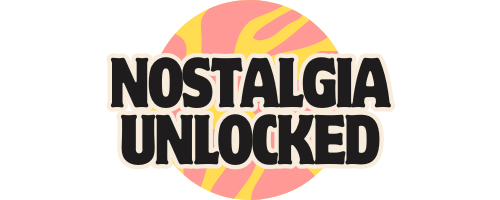17 Outdated Sayings That Instantly Show Your Age
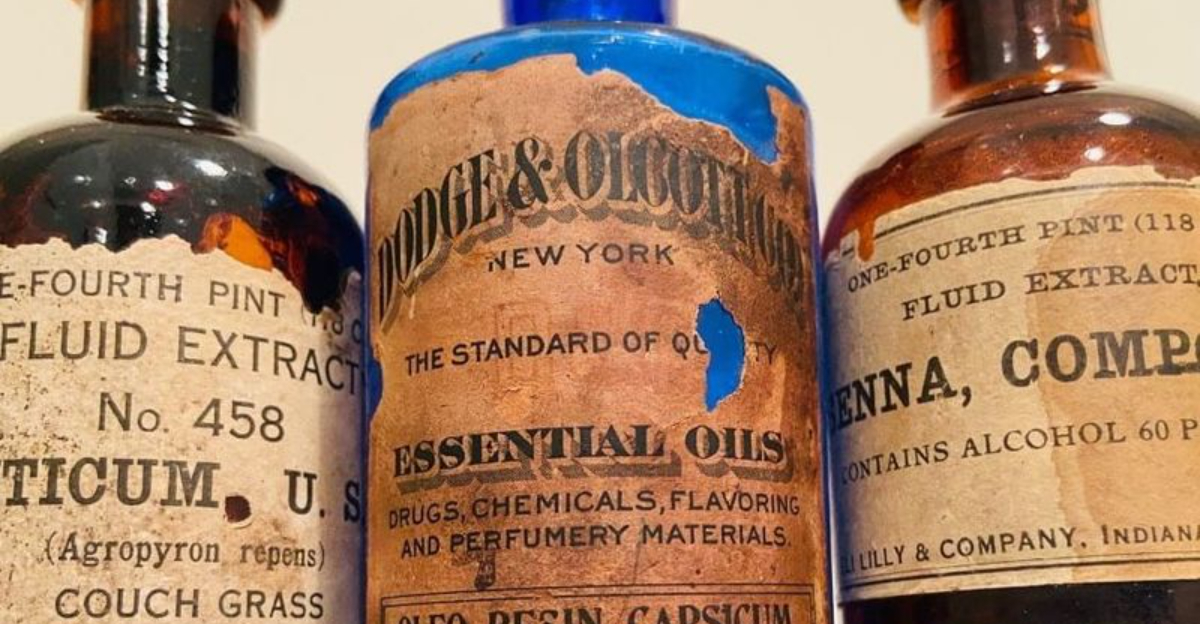
If you’ve ever shouted, “Don’t touch that dial!” and meant it, congrats — you’ve officially time-traveled from the age of VHS tapes and dial-up drama.
These quirky expressions were once the soundtrack of everyday life, now tucked away like old mixtapes and floppy disks. In this whimsical stroll through yesteryear, we’re spotlighting 17 classic phrases that wear their age like a vintage jacket — a little dusty, but undeniably cool.
Some will make you laugh, others might make younger folks go, “Huh?” Either way, they’re pure gold. So, grab your metaphorical payphone quarter, kick back in your beanbag chair, and prepare for a throwback tour through sayings that defined a generation.
Each one is a little time machine wrapped in words — part history, part humor, and a whole lot of charm. Who knows? By the end, you might just want to bring one or two back into your vocabulary.
1. Don’t touch that dial
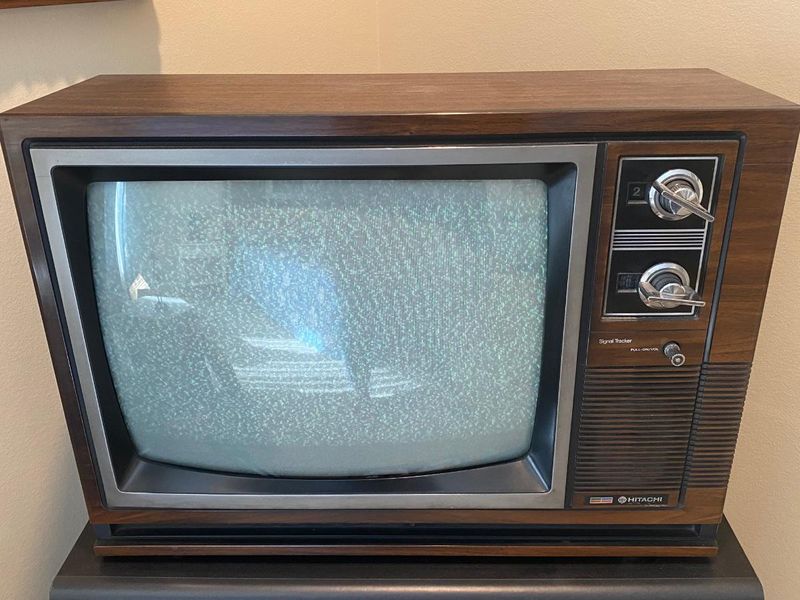
Once upon a time, in a land far away from Netflix and streaming services, we had to physically get up to switch channels. I know, shocking! “Don’t touch that dial” was a plea, often shouted from the kitchen to the living room, to ensure the channel remained unaltered while someone reloaded on popcorn. TVs had these big, clunky dials that made a satisfying ‘click’ sound when turned. It wasn’t just a saying; it was a lifestyle.
Nowadays, kids might think it’s about Spotify or a metaphorical dial. But for those who remember, it’s a nostalgic nod to a period when family arguments were settled over who got control of the remote’s ancestor. And let’s not even get started on the rabbit ear antennas!
In today’s world, the concept is as outdated as a floppy disk. Still, the phrase carries a charm that harks back to simpler times when patience was a virtue and commercials were bathroom breaks.
2. Roll down the window

Ah, the good old days when rolling down the window actually required rolling! Picture this: a sweltering summer day, and the only relief lies in manually cranking down the car window. It was an arm workout and a breath of fresh air all rolled into one.
With a satisfying creak and an occasional squeak, the window would glide down, welcoming the wind and the world outside. Kids today might wonder why we didn’t just press a button, but there was a certain joy in the journey, not just the destination.
Alas, technology has robbed us of this simple pleasure. In most cars today, windows glide down at the press of a button, eliminating the need for vigorous arm exercises. But for those who remember, rolling down the window was as much a part of the road trip experience as singing off-key to the radio.
3. Here’s a quarter, call someone who cares
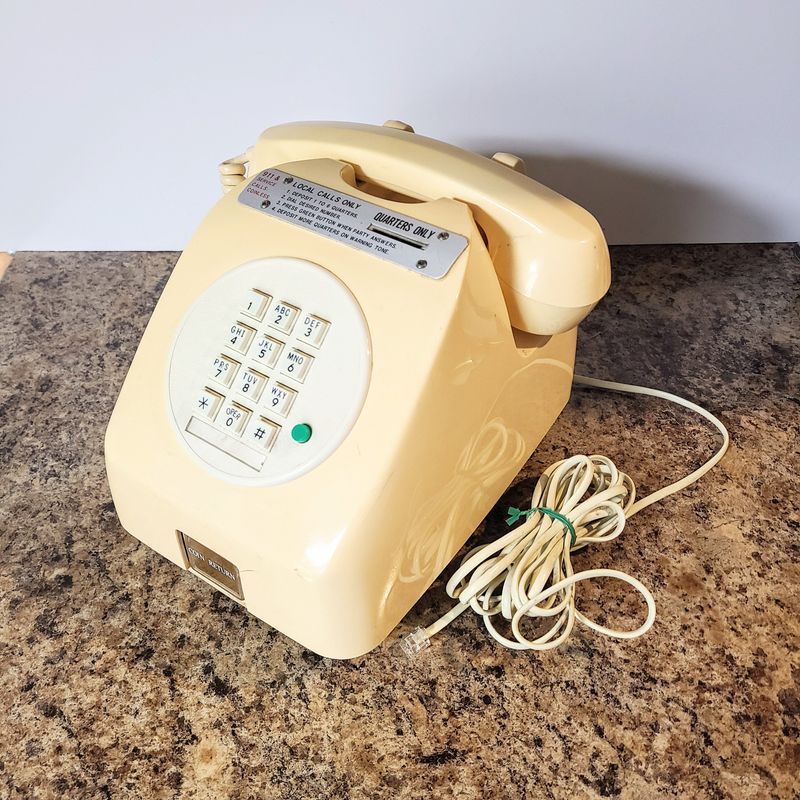
Once the ultimate burn, “Here’s a quarter, call someone who cares” was a snappy comeback that left no room for rebuttal. Back when payphones dotted every street corner and a quarter was your gateway to a quick chat, this phrase packed a punch.
Imagine, the metallic clang of inserting a coin, the crackle of the receiver, and the thrill of connecting with someone miles away. It was a time when communication required coins and conversations were measured in minutes, not megabytes.
Today, this expression is as outdated as the tech it references. With smartphones in every pocket, the need for payphones has vanished, and quarters are more likely to end up in a gumball machine than a phone slot. Still, it’s a phrase that evokes a smile, a reminder of when communication wasn’t just a tap away.
4. Tape it
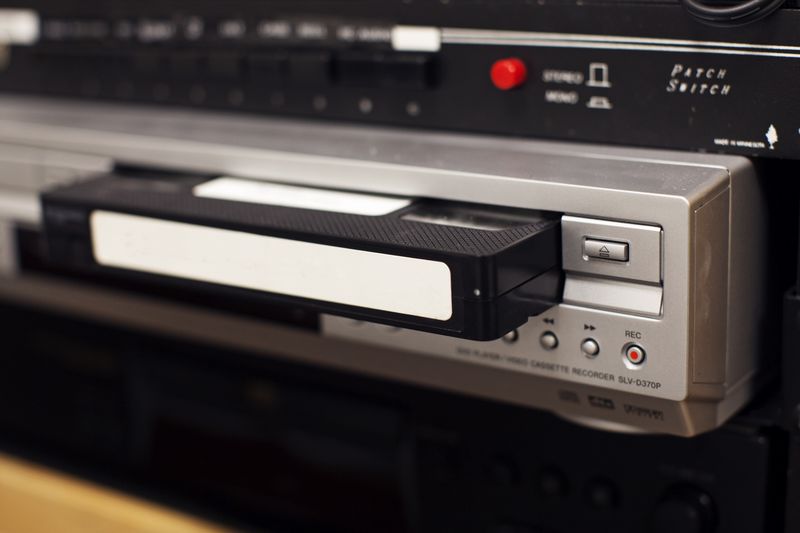
“Tape it,” we’d say, referring to recording a TV show on a VCR in an era long before DVRs and cloud storage. Back then, missing your favorite show meant waiting for reruns unless you had the foresight to pop in a VHS tape and hit record.
It was a delicate dance of timing, ensuring the tape was rewound and ready, praying the machine didn’t eat the tape, and hoping the power didn’t cut out mid-recording. For those who remember, there was an art to labeling tapes and a skill in fast-forwarding through commercials without overshooting.
Today, “taping” anything sounds as foreign as sending a telegram. We’re spoiled by digital convenience, but there’s a certain nostalgia for the clunky whir of a VCR. It was a time when we didn’t just watch TV; we curated it.
5. Read the TV Guide
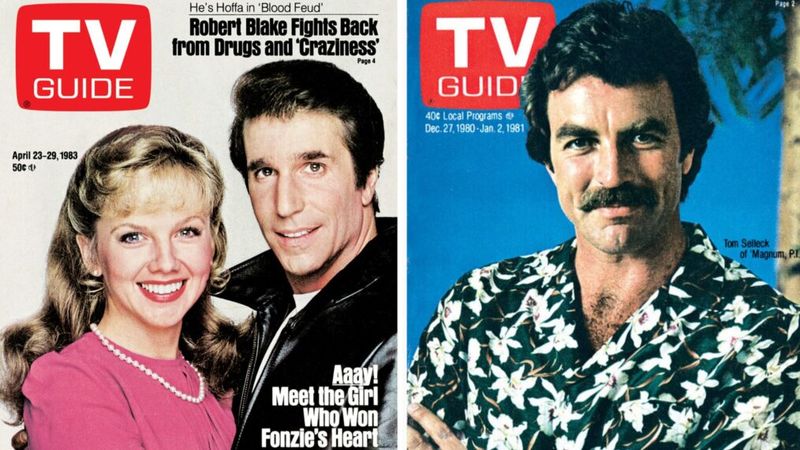
Before the days of on-screen menus and streaming recommendations, “Read the TV Guide” was the call-to-action for planning a week’s worth of TV watching. It was like holding the keys to the kingdom, with schedules, synopses, and the occasional celebrity interview.
Each week, families would gather around the guide, highlighters in hand, to map out their viewing strategy. The anticipation of a new issue was palpable, and missing an episode felt like a minor tragedy.
Today, the TV Guide has been replaced by algorithm-driven suggestions and digital guides. But for those who remember, flipping through its pages was a ritual, a connection to the shows we loved and the simpler times we cherished.
6. That and a buck will get you a cup of coffee
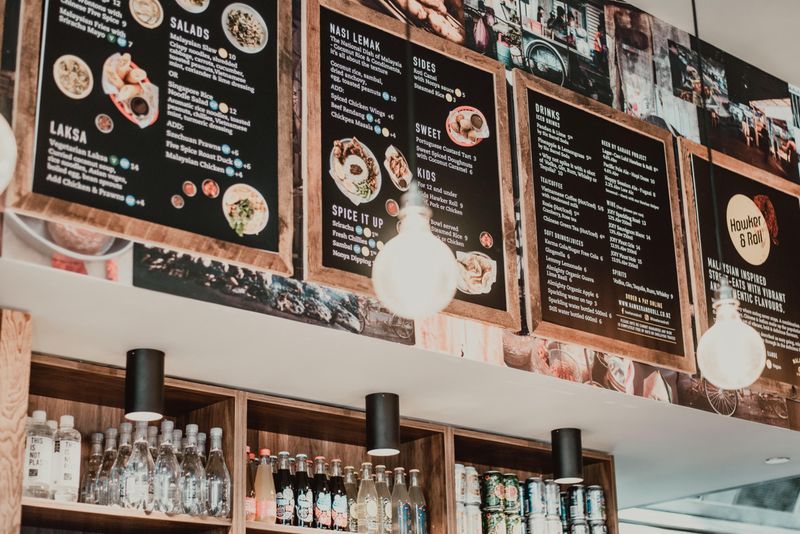
Once a commentary on the value of money, “That and a buck will get you a cup of coffee” is now a relic of inflation past. When a dollar truly bought a full cup of joe, this phrase was both a reality check and a modest goal.
The idea was simple: some things, no matter how valuable they seem, need the accompaniment of cold, hard cash to truly matter. But as prices soared, the phrase became more of a wistful echo of affordability.
Nowadays, a dollar at a coffee shop might get you a polite smile, but certainly not a full cup. Still, the saying serves as a humorous reminder of changing times and prices, an homage to when simplicity reigned supreme.
7. Don’t flip your wig
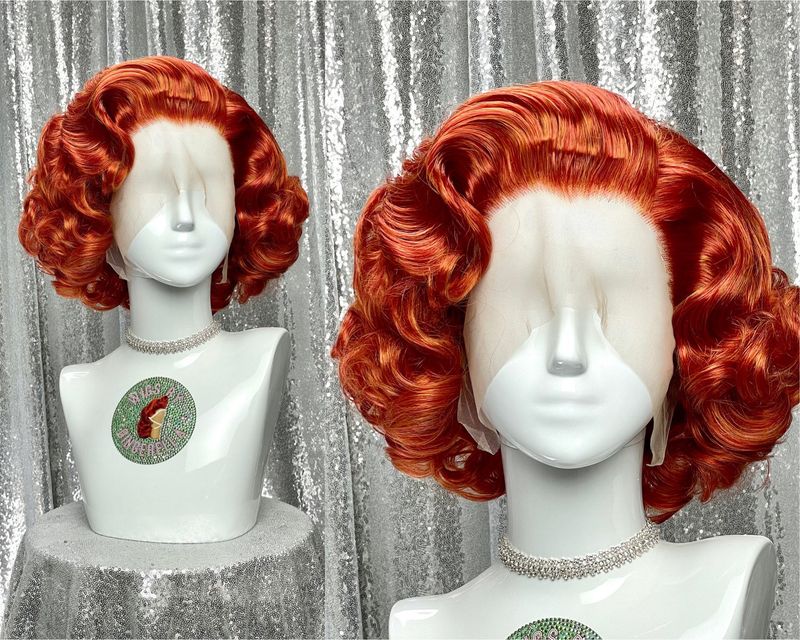
In a world where calm was king, “Don’t flip your wig” was a playful admonishment against losing one’s cool. It conjured images of wigs soaring through the air, a metaphorical expression of one’s temper flying off the handle.
Originally a nod to the wig-wearing days of yore, it became a charming way to tell someone to take a deep breath and relax. The wig, a symbol of composure, remained firmly on one’s head as long as tempers were in check.
Today, the phrase might sound like a surreal TikTok challenge or a retro fashion comeback. But for those who remember, it was a reminder to keep calm and carry on, wig intact and all.
8. He’s the bee’s knees

A darling of the Roaring Twenties, “He’s the bee’s knees” was the ultimate compliment, a nod to someone exceptionally wonderful. But let’s face it, bees don’t have knees—or if they do, they aren’t particularly noteworthy.
Nonetheless, this whimsical expression captured the spirit of an age when jazz was hot and flappers ruled the dance floor. It was a time of invention and intrigue, where language was as playful as the people using it.
Today, calling someone the bee’s knees might elicit more confusion than admiration. Yet, it remains a charming relic, a linguistic wink to an era of fun and frivolity where every compliment was buzzing with creativity.
9. Let’s blow this popsicle stand
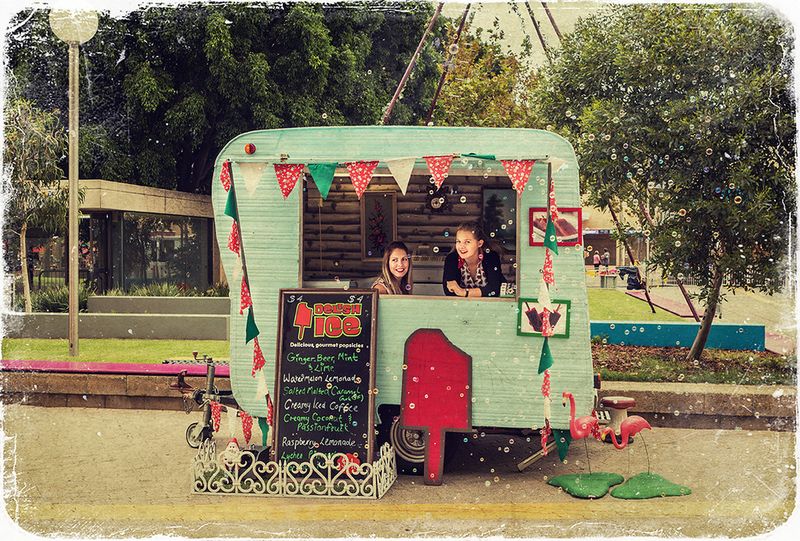
For those with an itch for adventure, “Let’s blow this popsicle stand” was the rallying cry for a swift exit. Rooted in the idea of leaving a dull place for greener pastures, it was as cool as the treats it referenced.
Picture a colorful popsicle stand, sticky with melted goodies, a symbol of small-town simplicity. The expression became synonymous with a desire for spontaneity, a zest for life that couldn’t be contained by mundane surroundings.
These days, the phrase might raise eyebrows, as popsicle stands are more nostalgic novelty than common haunt. But the spirit of seeking the next thrill, the excitement in throwing caution to the wind—that’s timeless.
10. Take a chill pill
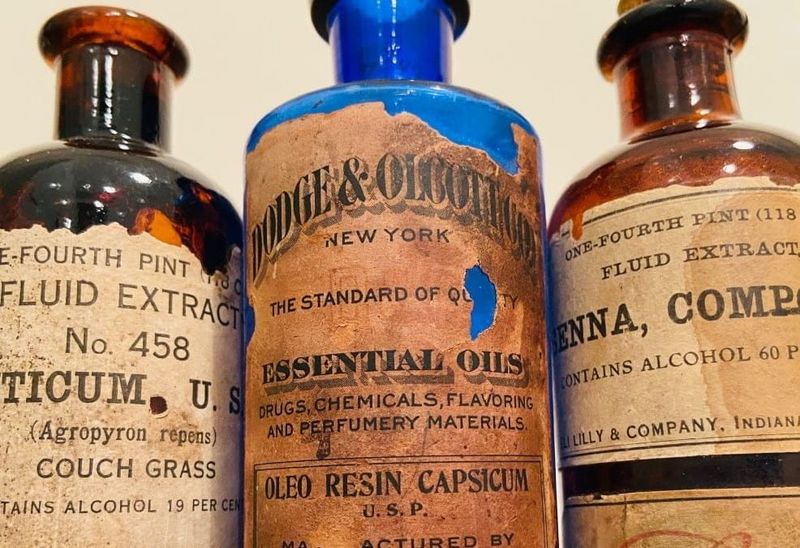
In the annals of casual advice, “Take a chill pill” stands out as a hallmark of pop culture. It was the perfect antidote to someone overly excited or stressed, a humorous suggestion to relax.
Imagining a bottle of “chill pills” conjures a magical cure-all for the ills of modern life. Of course, this wasn’t an actual prescription but a playful prod to tone down the stress levels.
Today, the phrase might come off as a relic of 90s slang, but its sentiment is evergreen. In a world that’s often too fast-paced, the idea of pausing, taking a breath, and metaphorically popping a chill pill remains relevant.
11. Know what I mean, jellybean?
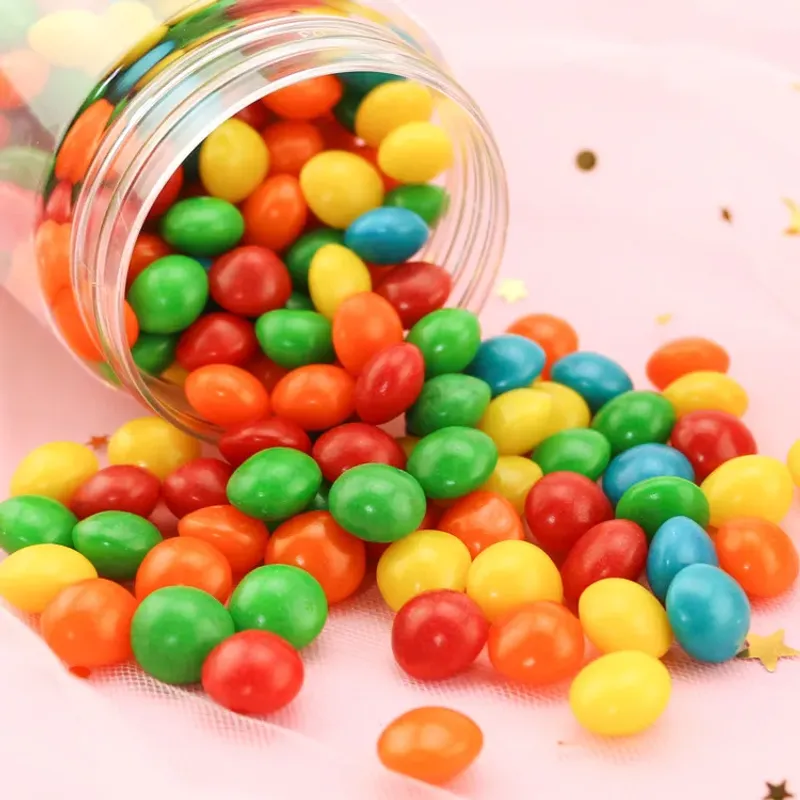
As endearing as it is perplexing, “Know what I mean, jellybean?” is a rhyming catchphrase from an era steeped in whimsy. It was a playful way to seek agreement or understanding, sweetened with a touch of silliness.
Jellybeans, colorful and varied, seemed the perfect metaphor for life’s unpredictability and variety. The phrase added a sprinkle of humor and a dash of camaraderie to any conversation.
Today, it might leave folks scratching their heads, but it remains a charming relic of a time when language was as delightful as the candies it referenced. A little sweetness in communication never goes out of style.
12. What’s the 411?

Once the go-to phrase for seeking information, “What’s the 411?” harkens back to a time when dialing 411 connected you to a real person ready to answer your queries. It was the analog Google, the Siri of its time.
The phrase encapsulated the excitement of accessing information with just a phone call. It was a bridge between curiosity and knowledge, a hotline for the inquisitive mind.
Today, the saying might be mistaken for police talk or tech jargon. But for those who remember, it was a symbol of simpler times when information wasn’t just a click away, but a conversation away.
13. Cool beans!
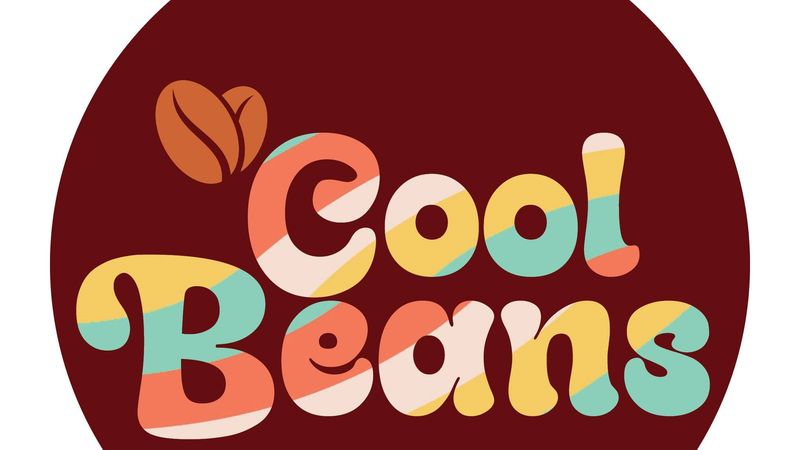
Straight out of a 90s sitcom, “Cool beans!” was the enthusiastic endorsement of anything awesome. It captured the exuberance of an age where every discovery and new experience was an adventure worth celebrating.
Imagining beans that are cool is a whimsical flight of fancy, an expression of delight wrapped in silliness. It was about finding joy in the everyday, a verbal high-five to the whims of life.
In today’s vernacular, it might sound delightfully outdated, akin to wearing neon windbreakers or blasting Walkman tunes. Yet, it serves as a joyful reminder that excitement over the mundane is never out of style.
14. Talk to the hand
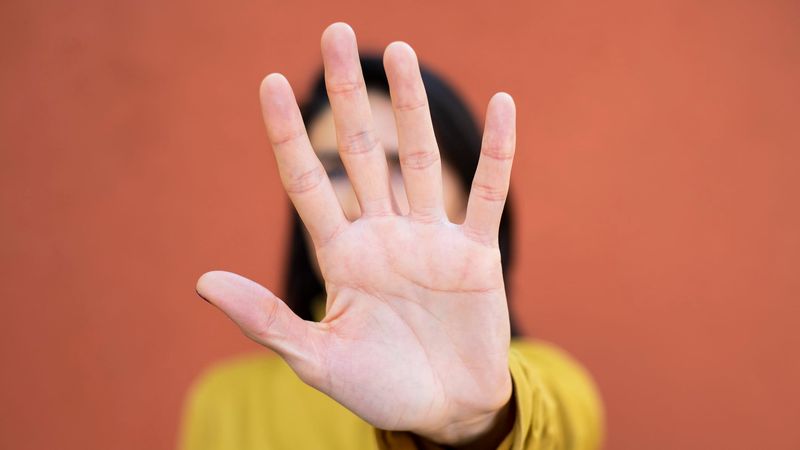
The ultimate gesture of dismissal, “Talk to the hand” was the verbal equivalent of a slammed door. It was a phrase that ended conversations and asserted dominance, often punctuated with a palm thrust forward.
Imagining a hand with a mind of its own is both comical and powerful, turning an appendage into a statement piece. It was the expression of a generation that wasn’t afraid to put a stop to nonsense.
Today, it might seem like a relic of teenage rebellion or sitcom humor, but for those who lived it, “Talk to the hand” was a boundary-setting anthem. It was fierce, funny, and oh-so-memorable.
15. You sound like a broken record
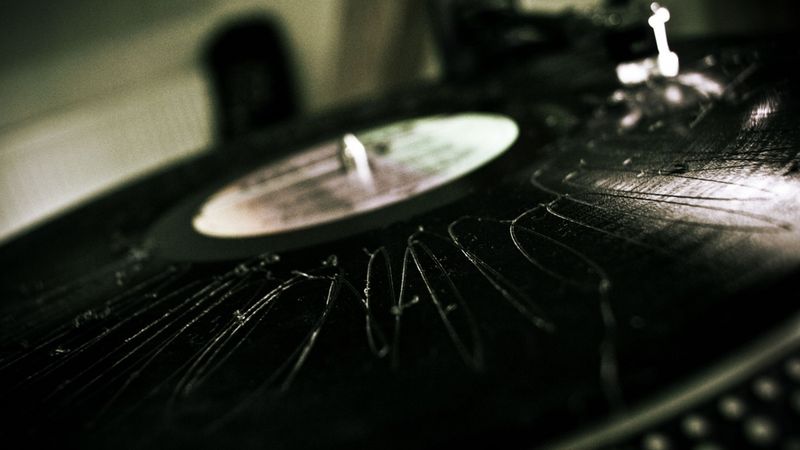
Before playlists and streaming loops, “You sound like a broken record” was the ultimate critique of repetitive speech. It conjured the image of a needle stuck in a groove, endlessly repeating the same note.
It was the perfect analogy for conversations going nowhere, a gentle nudge to move on or change the topic. The phrase was both a critique and a creative way to keep dialogues fresh.
Today’s generation might puzzle over “records,” but the message remains clear: avoid redundancy. It’s a saying that echoes through time, reminding us all to keep the conversation lively and varied.
16. Long-distance call

Once a luxury that required careful budgeting, “Long-distance call” meant connecting with loved ones far away at a cost. It was a time when hearing a distant voice over the line was both a thrill and an expense.
The phrase evokes a world where communication crossed vast spaces, bringing joy and connection at a price. Conversations were cherished, measured in minutes and memories.
In today’s age of unlimited plans, the concept seems quaint, a relic of careful planning and cherished connections. But those who remember know the value of a call that spanned miles and bridged hearts.
17. Hit the hay
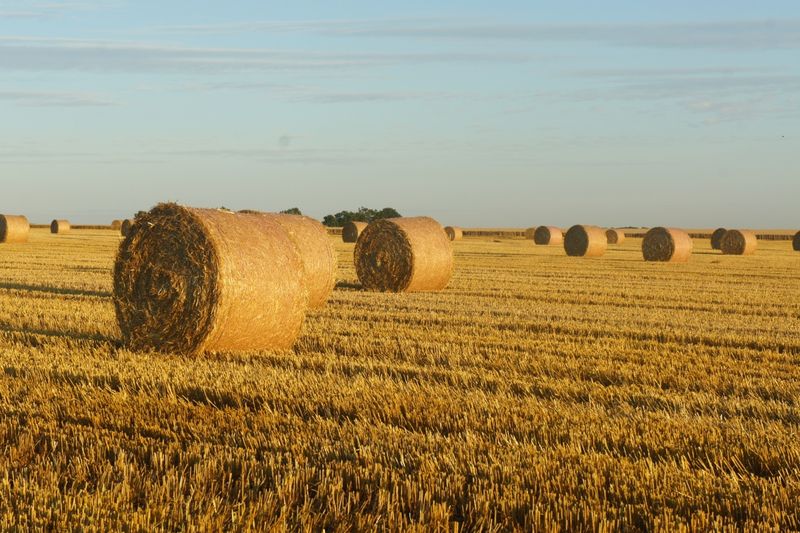
Long before memory foam mattresses and sleep apps, “Hit the hay” was the phrase for turning in for the night. It harkened back to a time when beds were made of straw, and comfort was a matter of perspective.
The imagery of hitting the hay brings to mind rustic simplicity and a connection to the earth. It was about finding rest in the most natural of settings, a nod to agrarian roots.
Today, the saying might sound like a call to a barn dance or a quaint farm visit, but it remains a charming way to signal bedtime, a reminder of life’s simple pleasures.
